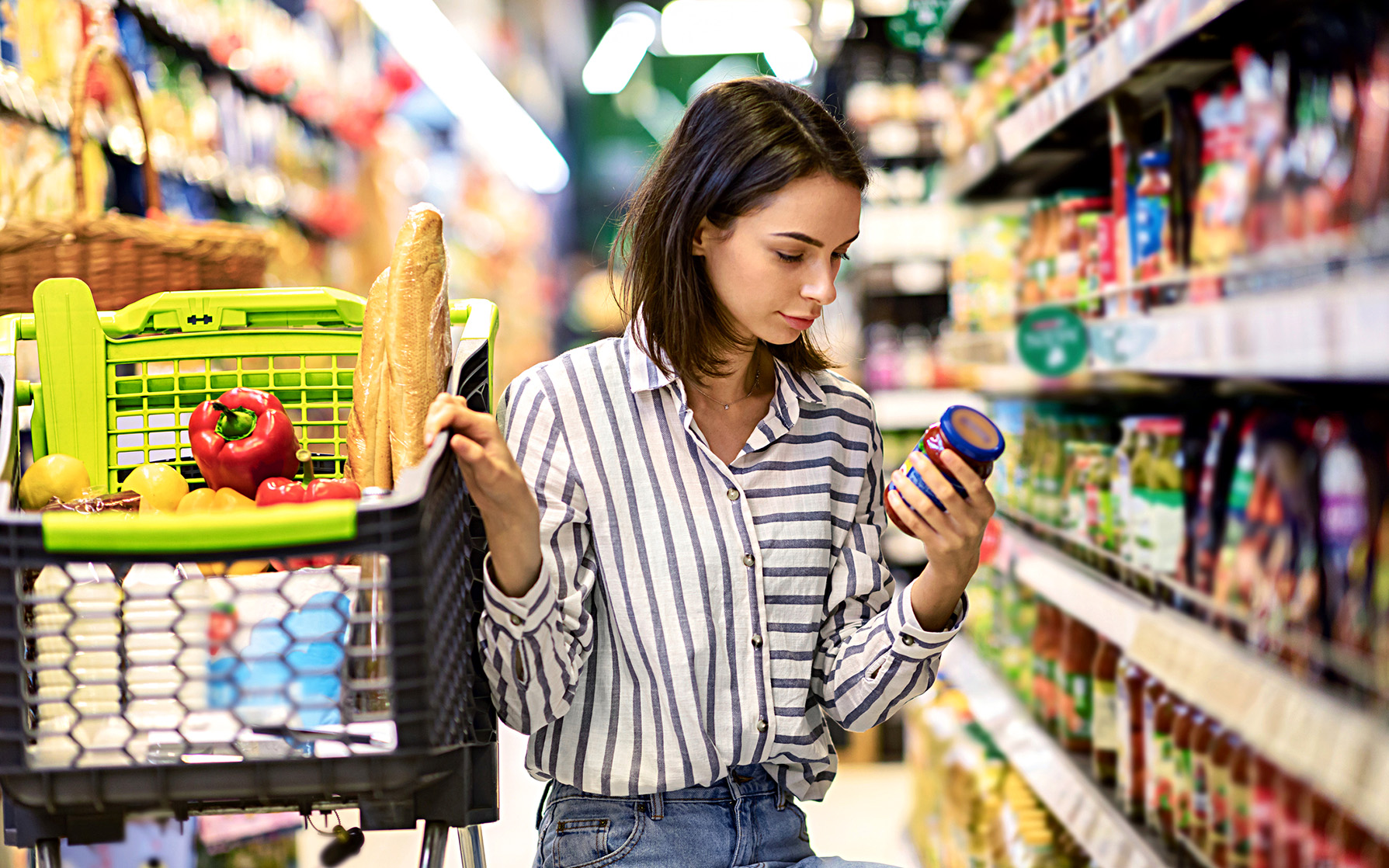Judging by their till slips and the rising cost of living, most consumers wouldn’t believe it, but data suggests that things are finally beginning to look up.
The latest McKinsey State of Grocery Retail report shows that the South African market — having faced significant challenges, for years, such as economic pressures, high unemployment, infrastructure issues and high interest rates — has caused shoppers to prioritise essential goods over discretionary spending over the past few years, which has hurt retailers’ costs and profit margins.
South Africa
After a prolonged period of pressure and penny-pinching that pre-dated Covid, South Africa’s grocery retail sector is finally showing signs of recovery as shoppers in higher income categories return to buying premium products instead of looking to save money, and more consumers across all income bands look at convenience foods and online shopping.

Even before the pandemic, South Africans were showing a high degree of cost-consciousness and a preference for saving: consumers here are now among the least optimistic globally about the economy.
This year, fewer of us are stressing about costs though, which suggests a potential market shift. More high-income South African consumers are now also focusing on healthier and more sustainable options, signalling a growing preference for quality and ethical choices, which come at a premium.
While consumers are still cost-conscious, there’s a growing interest in premium products and a shift toward online shopping. Here, key trends shaping the grocery market include the rise of discount retailers as consumers seek affordable options, the growing popularity of online grocery shopping, especially among younger demographics, and the increasing emphasis on health and wellness. There’s also a growing demand for local and regional products.

A recent example came from Pick n Pay’s latest interim results, for the 26 weeks ending 25 August 2024. While the group reported a significant loss, its discount chain, Boxer, continued to perform strongly, with a 12% increase in sales and a 16% increase in trading profit — much of this attributed to its understanding of customer needs in the lower-income market.
In May, Pick n Pay announced a significant restructuring plan, which included listing Boxer on the Johannesburg Stock Exchange. A strong player in value-focused grocery retail, Boxer will now face increased competition from Shoprite’s Usave and Shoprite stores.
Boxer currently has a larger footprint than Usave, with 477 stores (including supermarkets, liquor stores, and Build It outlets) compared with Usave’s 453 stores, although Shoprite’s extensive network, including 628 supermarkets and 464 liquor stores, gives it a notable advantage.
The latest NielsenIQ Global Executive Brief highlights a shift in retail growth dynamics as volume growth rises and inflation shows signs of stabilising. With easing inflation, consumers are becoming more vigilant about price changes, which is placing additional pressure on both manufacturers and retailers to balance value propositions carefully. Shoppers are increasingly indulging in discretionary categories, particularly in health and beauty products, and non-alcoholic beverages, indicating a renewed interest in lifestyle purchases. Private label growth, which had surged during higher inflation periods, is also beginning to decelerate.

Global picture
The global grocery sector has also weathered economic challenges, marked by volatile inflation and uncertainty. In 2023, many regions, especially Europe, experienced historically high inflation rates, which significantly affected consumer spending power and shifted purchasing behaviour towards more affordable products.
One in five consumers in Europe said they intended to splurge on groceries over the next three months, while 45% continue to look for ways to save money.
Last year, Euromonitor reported that in 2022, 31% of global consumers planned to increase visits to discount stores. Globally, discounters accounted for 10.6% of total sales by modern grocery retailers in 2022, which was an increase from 8.9% in 2016.
In Europe, the cost-of-living crisis was driving significant changes in consumer behaviour, particularly in grocery shopping, as consumers struggled to maintain their standards of living and, in many cases, just to meet their basic needs. In the UK, Aldi gained more than 1.5 million new customers in the summer of 2022, making it the fourth-largest supermarket in the country.
Europe not only experienced record-high inflation in 2023, particularly in food prices, but saw a decline in real wages, which further strained household finances. This led to decreased grocery sales and a shift towards cheaper products. Similar trends were observed in North America and Asia.
However, McKinsey sees encouraging signs of a potential global recovery as consumer confidence is gradually returning, and the industry adapts to emerging trends. Among these are a consumer focus on value and affordability, as they seek out promotions and private-label brands.
Online grocery shopping is gaining momentum, driven by convenience and a wider range of products. Consumers are also prioritising healthier food choices and sustainable practices. And retailers, eager to grow market share, are leveraging technology to offer personalised experiences and recommendations. DM
Business Maverick
Key trends reshaping South African consumer behaviour in the grocery market
A report suggests that after prolonged pressure and penny-pinching, the global grocery retail sector is showing signs of recovery as consumers become more optimistic — even in South Africa.





